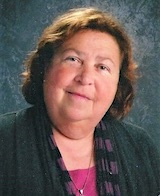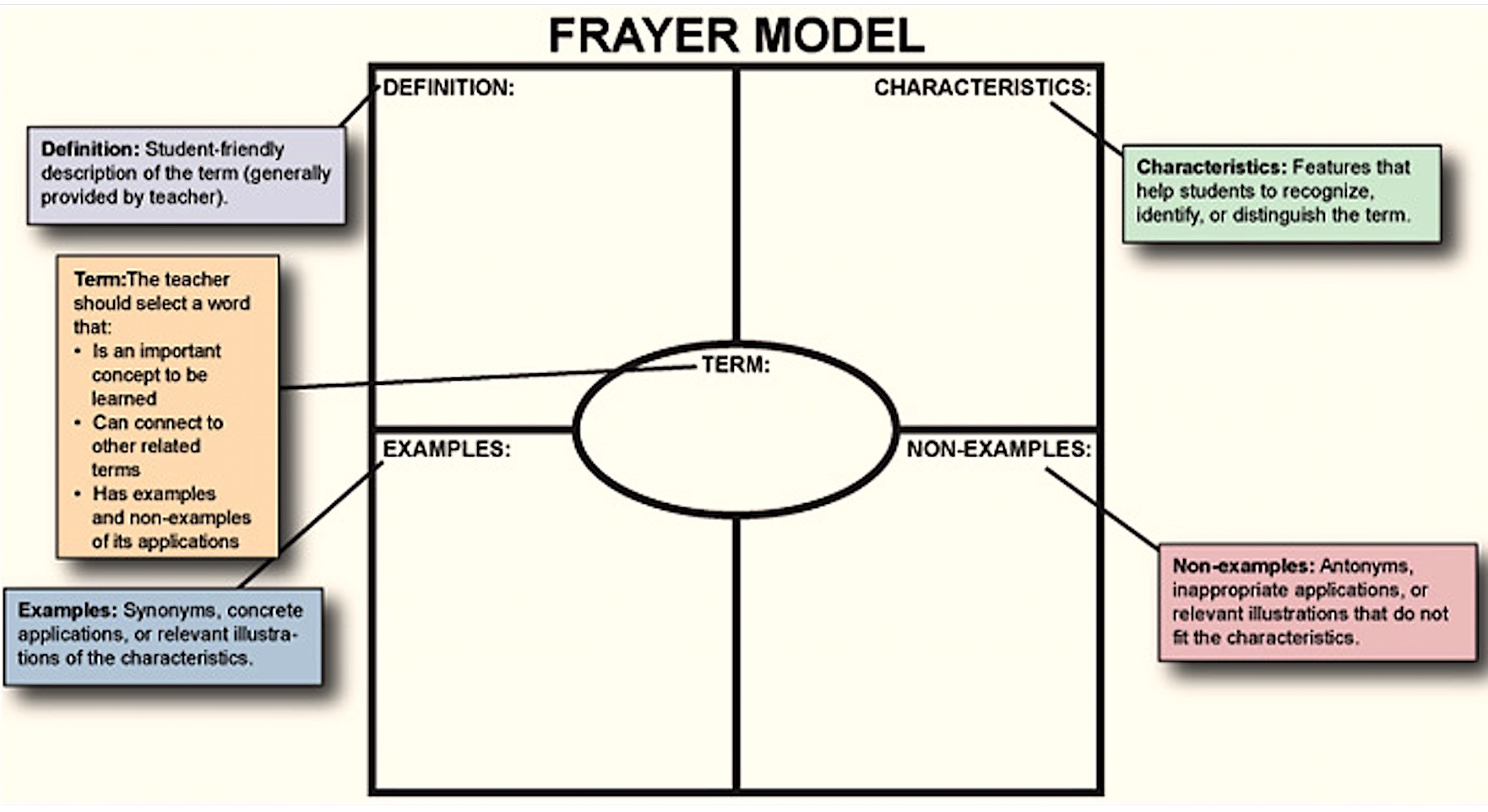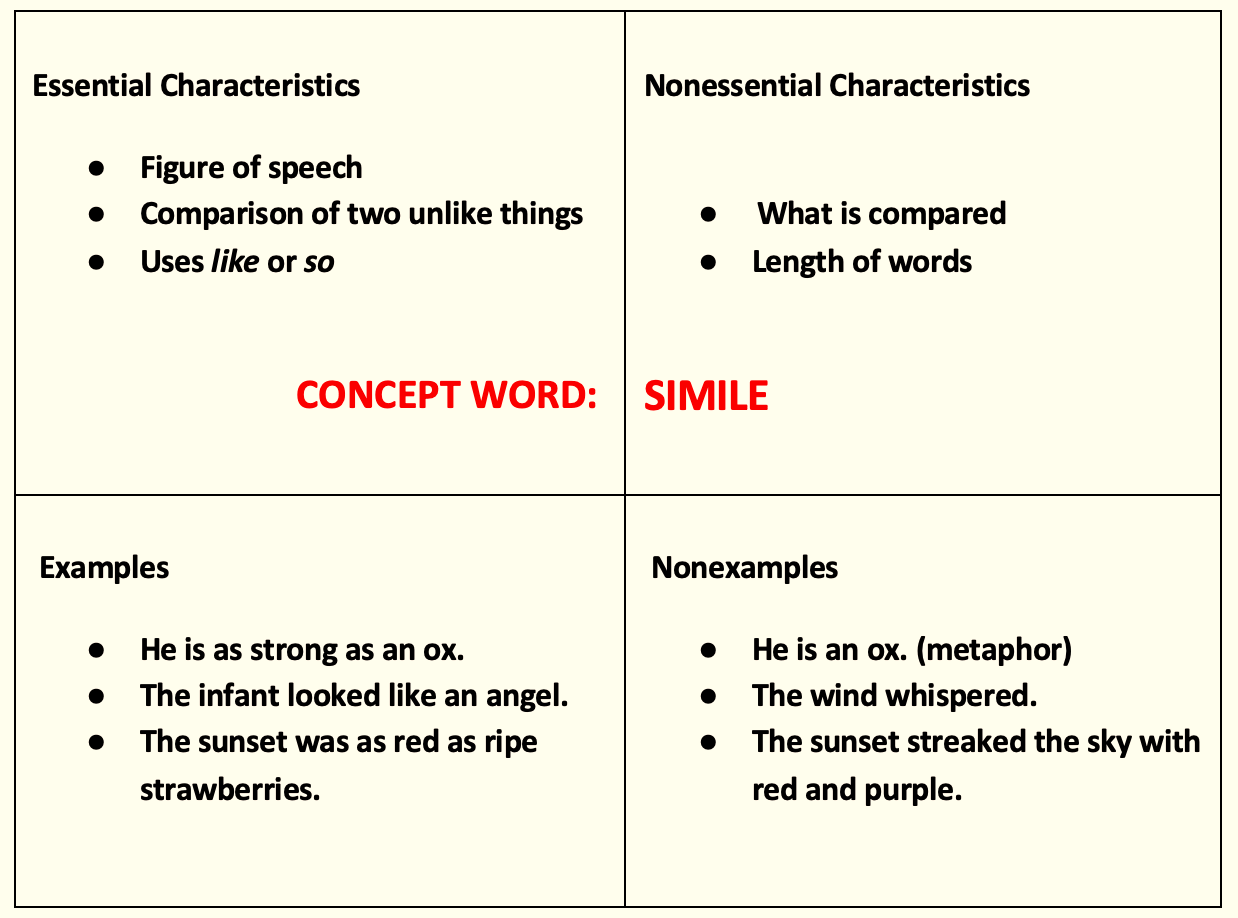Sticky Techniques to Teach Academic Words
By Lynne Dorfman & Aileen Hower

Dorfman
Traditional vocabulary teaching strategies – like copying dictionary definitions for a list of words the teacher assigns and then using the words in a sentence – are passive exercises that have little impact in the long run.
Students need lots of exposure to a word before they fully understand that word and can apply it, particularly in their writing. Moreover, they need to learn vocabulary through engaging, meaningful encounters with words.
All this is doubly true when it comes to “academic” or content-related words. What are some ways we can incorporate vocabulary into our routines so that we help the words stick?
Nurturing a love of words

Hower
All too often, vocabulary instruction is isolated: contiguous in time but not connected to the true point of learning and almost never connected to the lives of the students themselves.
We need to create conditions in our grades 4-8 classrooms that nurture a love of words. When teachers are fascinated by language and share their interests with their students, our learning spaces come alive with playful and thoughtful interactions with language. Language is a tool for thought – a tool we can apply as students and teacher share, explore, and refine their thinking about curriculum content.
Every day while reading, writing, and learning content material, there are multiple opportunities to think about words. As we inquire, wonder and create, we can delight in the many ways language helps us express what we know and what we want to know more about.
Our classroom walls should be draped with print that is meaningful to the learners and organized by the learners. Then the classroom is an experience-oriented one, where language and vocabulary develop as students build and refine their understanding of “big ideas” or concepts.
Overcoming vocabulary’s obstacles
You probably already know that content vocabulary is one of the biggest obstacles your students face when reading informational text – whether they are in the third grade or in eleventh grade!
The level of difficulty and number of specialized words in a single chapter of text forces you to make some decisions. One will be which words you should teach, and another will be how to teach those words.
Direct instruction has its place. It’s known to improve comprehension when we follow these guidelines developed by David J. Cooper:
- Teach a few critical words at a time. Limit the number to five or six and be sure they are big concepts and refer to the main ideas of the passage.
- Introduce words in meaningful contexts that reflect the particular meaning of those words in the text.
- Pair visual representations of words to their meanings (Dual Coding Theory).
- Facilitate students relating the new words to their background knowledge. They are more likely to remember them when they link them to concepts and words they already know.
- Focus direct instruction on teaching students the base and affixes of words (morphology).
- Expose students to the word multiple times through reading, speaking, listening, and writing. Words must be used in a variety of situations before students “own” them.
Research suggests that students must use a word in some way at least 20 times before it becomes a part of their permanent vocabulary!
Use the Frayer Model
Here are the steps of the Frayer Model, a useful tool to explore words in ELA classrooms and content areas:
- Begin by introducing an important concept to be learned.
- Ask students to brainstorm to generate examples of the concept.
- Instruct students to consult the text and read to locate and/or predict:
- additional examples of the concept
- essential characteristics
- nonessential characteristics
- Record this newly discovered information on the graphic organizer.
- Encourage students to share their graphic organizers after their reading. Tell them to confirm or reject the information recorded in a group setting.
- Develop a master list of the concept, the essential and nonessential characteristics, and appropriate examples.
- Hang a copy in the classroom to reinforce what has been learned.
More vocabulary strategies
► Consider these four approaches to learning vocabulary:
PERSONAL. Individuals are unique in their knowledge and learning styles.
ACTIVE. Students learn words by using them. Thinking, saying, and writing new words help us make new words our own.
STRATEGIC. Word-learning works when students move beyond memorizing and use a variety of learning strategies.
FLEXIBLE. Word-learning comes easily for some students; others struggle. Teaching vocabulary sometimes requires intense instruction.
► Teach vocabulary by organizing words your students need to know into meaningful categories. For example:
Content Vocabulary
Redcoats, Patriots, Boston, musket, taxation, representation, American Revolution
Process/Function Vocabulary
argue, debate, describe, compose, categorize, discuss, share with a partner, sort, compare.
Structural Vocabulary
Word sorts with relevant words that end with -tion, -sion, -ation from article or story.
• revolution, nation, transition, petition, fruition, tradition
• tension, passion, mission, vision, decision, compassion
• representation, taxation, presentation
► Here are two activities that students enjoy that build on learning preferences: kinesthetic vocabulary and vocabulary graphics.
Kinesthetic Vocabulary
1. Distribute words to student teams.
2. Tell students that each member should learn the assigned words and then decide on the best action or pantomime to teach the word to the group.
3. Once students become confident about the vocabulary terms, tell them to teach their words to the rest of the group. Have them follow these directions:
• Show the word to the group and have them repeat it.
• Act out the word to the group and have them repeat it.
• Check for understanding – ask the students if they have any questions about the word.
4. When all the students feel confident about the words learned, call out each word. Instruct the students as a whole group to do the learned action while repeating the word and meaning.
Some examples for kinesthetic vocabulary across the curriculum include solar, nucleus, respiration, theory, colony, treaty, banned, monarch, trapezoid, unequal, parallel, perpendicular.
Vocabulary Graphics
This strategy and its variations ask students to create an illustration for the word they are learning which appeals to the visual/spatial part of the brain.
1. Give the students large 5 x 7 index cards upon which to record their findings.
2. Instruct students to use their background knowledge, information from the text, glossary, or a dictionary to determine the definition.
3. Have students write the word and its definition in the center of the card.
4. Tell the students to record the following information in each of the card’s four corners:
• a sentence using the word
• a synonym for the word
• an antonym for the word
• an illustration with personal meaning that represents the word.
You can hook the index cards together with a binder ring so they can become a permanent part of the student’s vocabulary file.
For a variation of the Vocabulary Graphics strategy, advise students to record the information on a plastic transparency or newsprint. When complete, ask the students to present their graphics to the class, explaining their relation to the word and the word’s significance to them. This strategy fosters verbal/linguistic, interpersonal and intrapersonal intelligences as well.
More vocabulary tips for teachers
Always encourage student writers to slow down and think about how a word should be used. Sometimes, it’s good to check in with dictionaries and thesauruses or to conference with writing partners.
Advise upper elementary school students and middle schoolers to use commas of apposition to offer a short definition of unfamiliar words to help their readers with understanding. For example: Photosynthesis, a process by which green plants use sunlight to synthesize foods from carbon dioxide and water, generally involves the green pigment chlorophyll.
Vocabulary tips for students
How can we make new words a part of our working vocabulary?
- Use a new word in your everyday speech with friends and family.
- Use the new word when you are writing responses to questions and in your journals as you reflect on key concepts.
- Add and layer meaning as you encounter the new word in your reading and rereading. As you read, think about what you learned that is new about the word’s meaning and tell yourself what you learned.
- Make connections with your own life and the real world. Try to tie the word to an important issue, event, or larger concept.
Also see here at MiddleWeb:
All The Vocabulary Help You’re Likely to Need
Some final thoughts
Vocabulary knowledge is a critical component of text comprehension, good writing, and learning in all subject areas. Vocabulary strategies can be teacher-centered, through modeling and discussion, or student-directed, largely initiated by student thinking.
Research findings suggest that direct and indirect instruction both have a valuable place in teaching reading and vocabulary. Often, teaching content vocabulary involves teaching your students concepts rather than simple definitions and is best accomplished through teacher-centered instruction and modeling.
Lynne R. Dorfman is an independent literacy consultant, an adjunct professor for Arcadia University, and a Stenhouse author. Her new book with Brenda Krupp, Welcome to Reading Workshop, will be out next spring. Lynne is a co-editor for PAReads: The Journal of Keystone State Literacy Association. Lynne’s most recent book is Welcome to Writing Workshop (Stenhouse, 2019) with co-author Stacey Shubitz.
Aileen Hower is past president of Keystone State Literacy Association and assistant professor and graduate coordinator of the Masters in Education in Language and Literacy at Millersville University, as well as the graduate coordinator of the Program Specialist in ESL Certification. Currently, she serves KSLA as the ILA coordinator.






































I appreciate this article’s emphasis on the importance of vocabulary instruction. Just a note of caution: I’ve seen the Frayer Model used poorly in many classrooms. For example, some teachers “introduce the concept” by asking students to GUESS what they think it means, which leads to a waste of time generating inaccurate ideas. Others simply GIVE students the definition, which is definitely NOT a sticky approach.
One thing teachers can do instead is start by providing examples of the concept, and ask students what they notice. For example: “‘He was as hungry as an ox’ and ‘The sun was like a ripe strawberry in the sky’ are both examples of SIMILES. What do you think a simile is, or does?” For anyone who’s looking for additional ideas/resources, I’ve written about other approaches to vocabulary instruction here: https://www.middleweb.com/38262/techniques-and-tools-to-teach-vocabulary/
Thank you, Sarah, for sharing your keen insights here. We agree that “guessing” at meanings can get the wrong definition in a student’s head and then it takes multiple revisions to dislodge that misinformation. Any vocabulary activity, routine, or resource should be used dynamically and interchangeably with others, so that vocabulary learning is robust and engaging. Thank you for sharing effective routines and linking us to your post, which continues to enhance the teaching of vocabulary in classrooms!